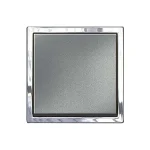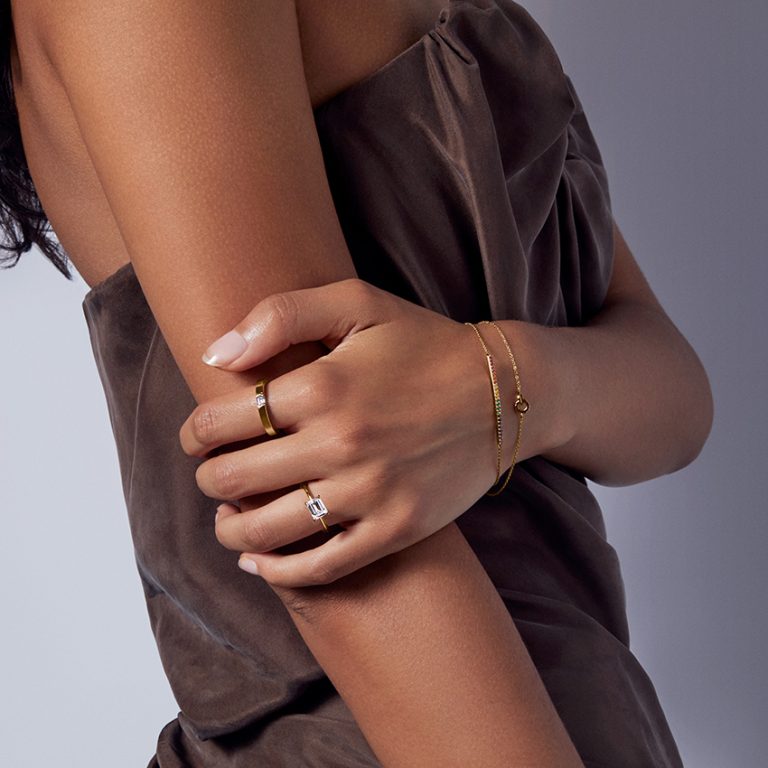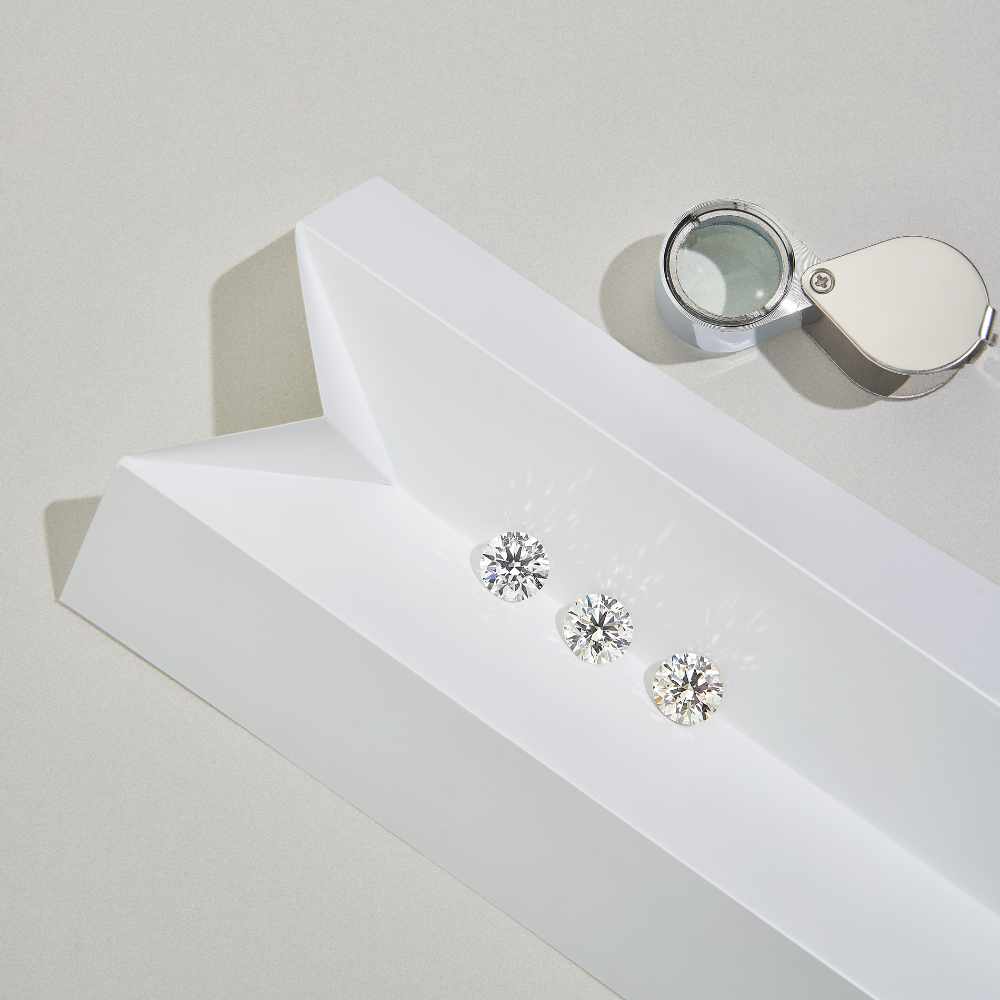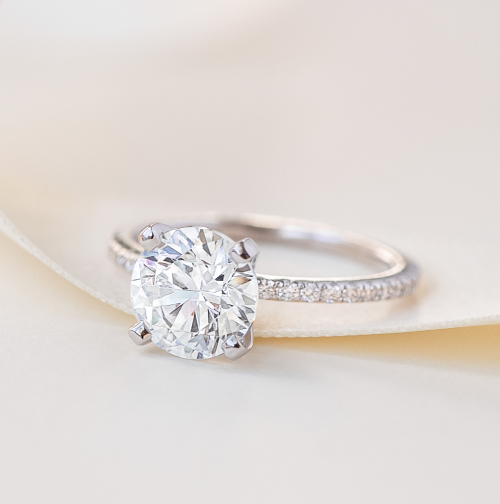
Choosing between cubic zirconia (CZ) and diamond jewelry can be challenging, especially when both options offer their own unique appeal. This guide will help you understand the key differences between cubic zirconia and diamonds so you can make the best decision for your needs and preferences.
What Is Cubic Zirconia?
Cubic zirconia is a synthetic gemstone made from zirconium dioxide. First introduced in the 1970s, cubic zirconia quickly became a popular alternative to diamonds due to its affordability and sparkling brilliance. Understanding cubic zirconia’s features is essential when comparing it to a diamond.
Key Features of Cubic Zirconia:
-
Composition: Lab-created material (zirconium dioxide).
-
Appearance: Flawless and extremely sparkly, often with more fire (rainbow-like flashes) than a diamond.
-
Cost: Significantly more affordable than diamonds.
-
Durability: Measures 8-8.5 on the Mohs scale, making it less durable than a diamond.
-
Weight: Heavier than a diamond of the same size.
What Is a Diamond?
A diamond is a naturally occurring gemstone formed deep within the Earth under intense heat and pressure. Diamonds are composed of pure carbon and are celebrated for their unparalleled brilliance, fire, and hardness. Knowing what sets diamonds apart can help you decide if they’re the right choice.
Key Features of Diamonds:
-
Composition: Pure carbon.
-
Appearance: Unique brilliance and fire, with natural inclusions that add character.
-
Cost: More expensive due to rarity and desirability.
-
Durability: The hardest natural substance, measuring 10 on the Mohs scale.
-
Weight: Lighter than cubic zirconia for the same size.
Comparing Cubic Zirconia and Diamonds
| Feature | Cubic Zirconia | Diamond |
|---|---|---|
| Composition | Zirconium dioxide | Pure carbon |
| Hardness | 8-8.5 on the Mohs scale | 10 on the Mohs scale |
| Appearance | Flawless, very sparkly | Unique brilliance, natural inclusions |
| Cost | Very affordable | Expensive |
| Durability | Less durable, prone to scratches | Extremely durable |
| Weight | Heavier | Lighter |
| Fire (Rainbow Flashes) | More pronounced | Subtle and elegant |
How to Tell the Difference
-
Clarity and Flaws: Cubic zirconia is flawless, while diamonds usually have natural inclusions visible under magnification.
-
Sparkle: Diamonds have a balanced brilliance and fire, while cubic zirconia often has excessive fire, creating a more artificial look.
-
Weight: Cubic zirconia feels heavier than a diamond of the same size.
-
Durability Test: Diamonds resist scratching better due to their superior hardness.
Pros and Cons
Cubic Zirconia
Pros:
-
Affordable.
-
Perfect clarity and sparkle.
-
Ethical and sustainable.
Cons:
-
Less durable and prone to scratches.
-
Can appear artificial due to excessive fire.
Diamonds
Pros:
-
Timeless and luxurious.
-
Unmatched durability.
-
Retains value over time.
Cons:
-
Expensive.
-
Ethical concerns unless sourced responsibly.
Which One Should You Choose?
-
Budget-Friendly Option: If you’re looking for a beautiful yet affordable option, cubic zirconia is a great choice for everyday wear or fashion jewelry.
-
Timeless Investment: For milestone events, heirlooms, or lasting value, a diamond is worth the investment.
-
Ethical Considerations: Lab-grown diamonds or cubic zirconia are excellent choices for those prioritizing sustainability.
Final Thoughts
Cubic zirconia and diamonds each offer unique advantages. By understanding the differences between cubic zirconia and diamonds, you can select a gemstone that matches your style, budget, and values. Whether you prefer the affordability and brilliance of cubic zirconia or the timeless allure and durability of a diamond, your jewelry choice will reflect your personal taste and priorities.












